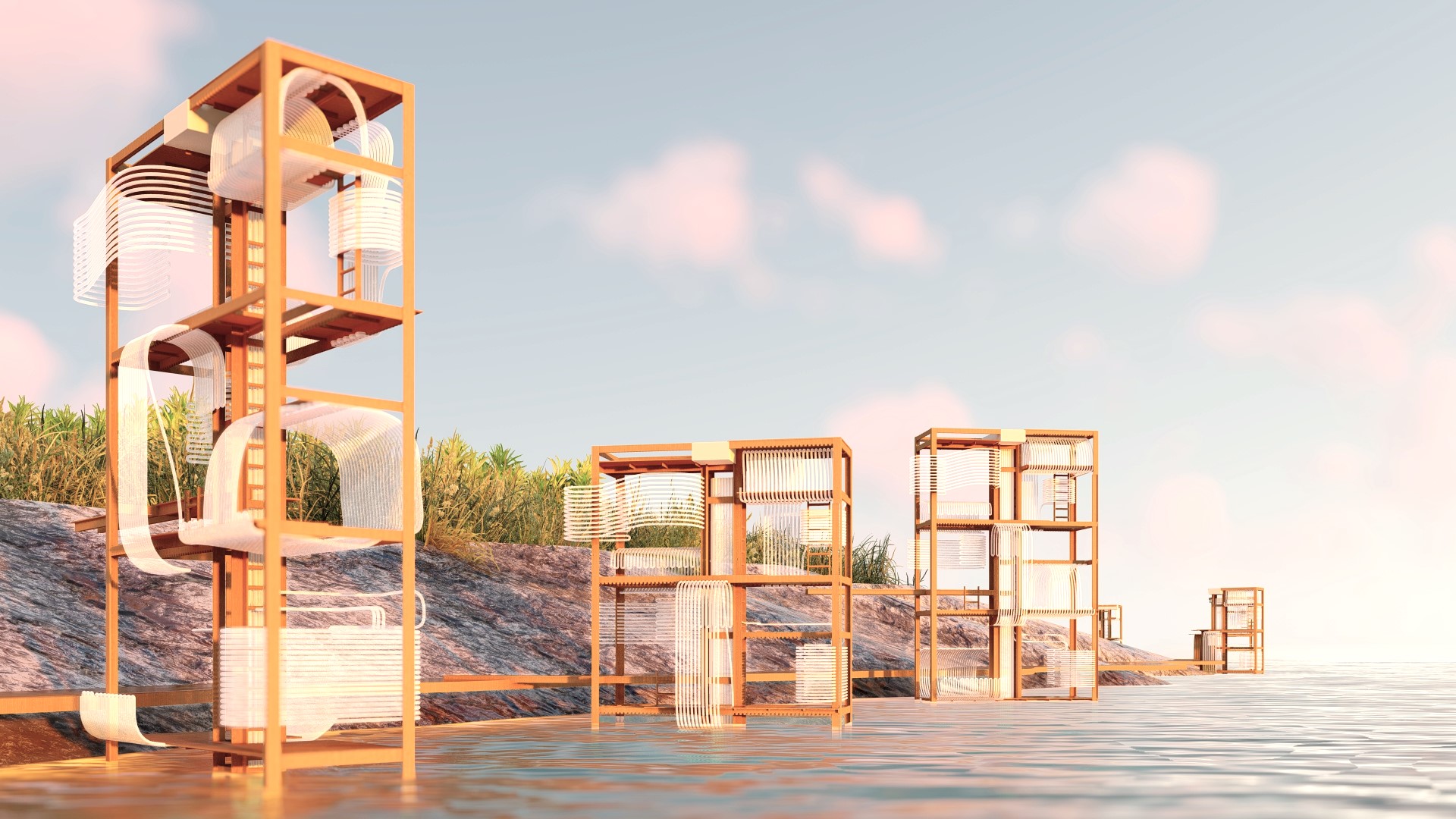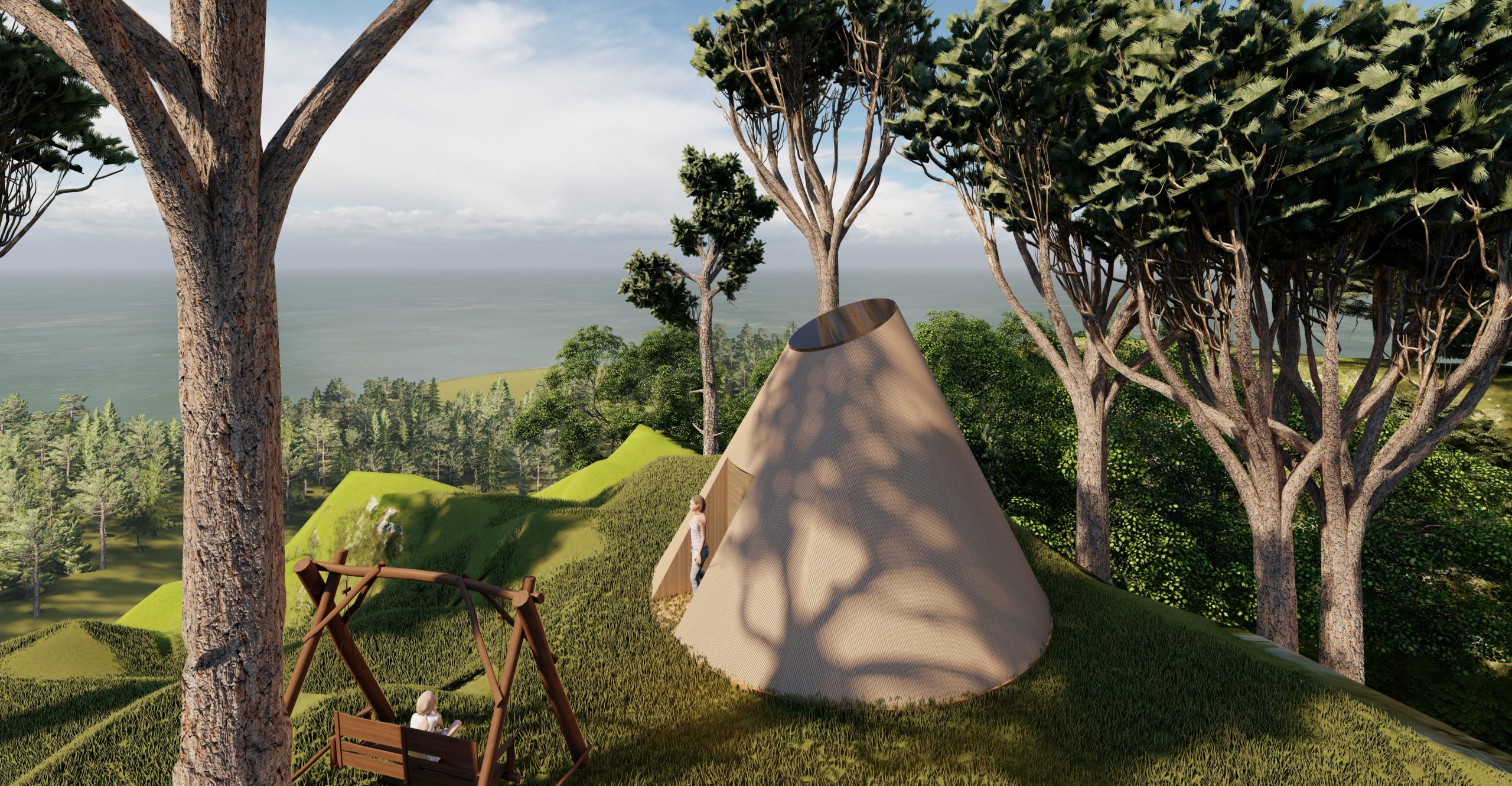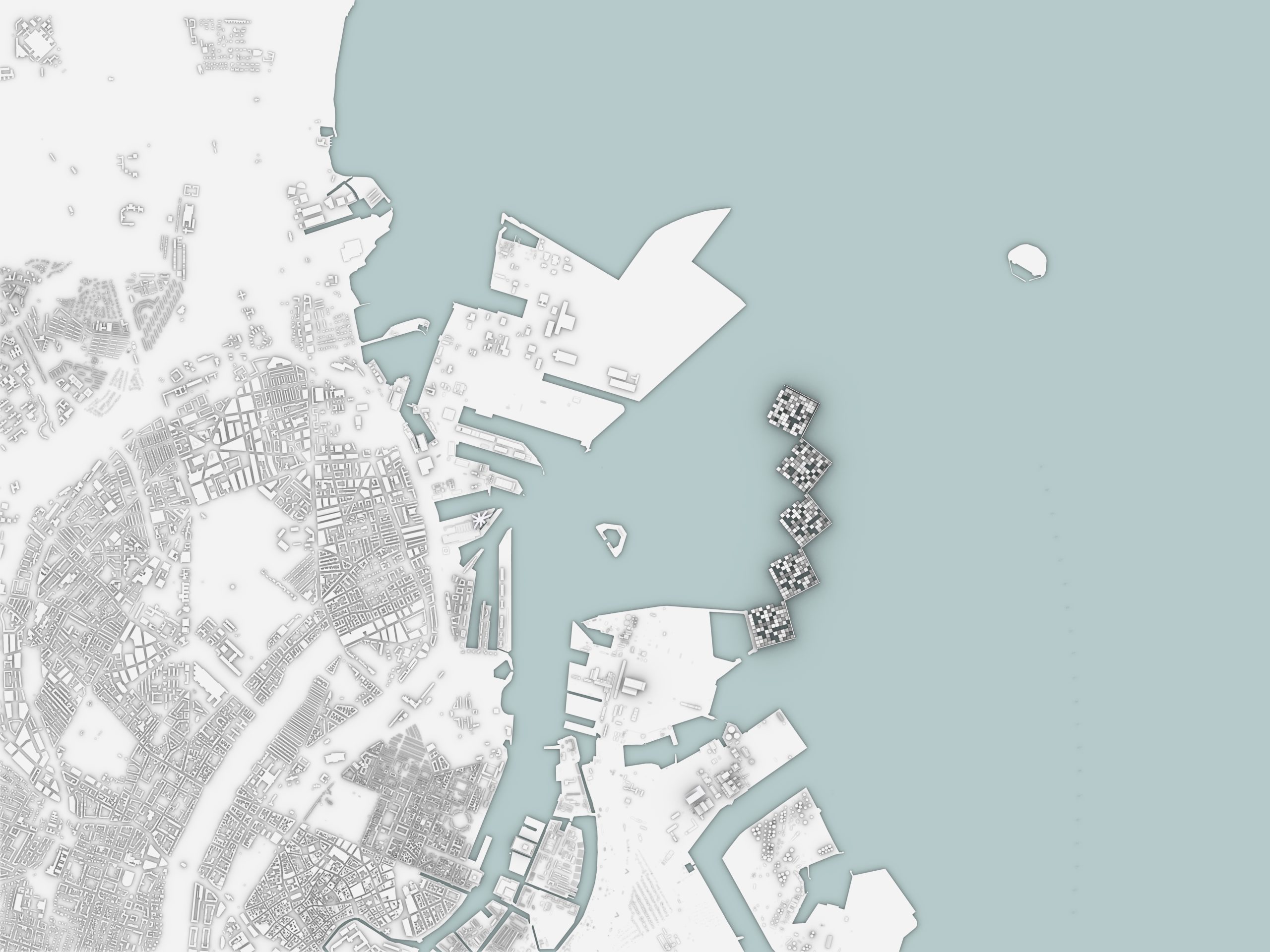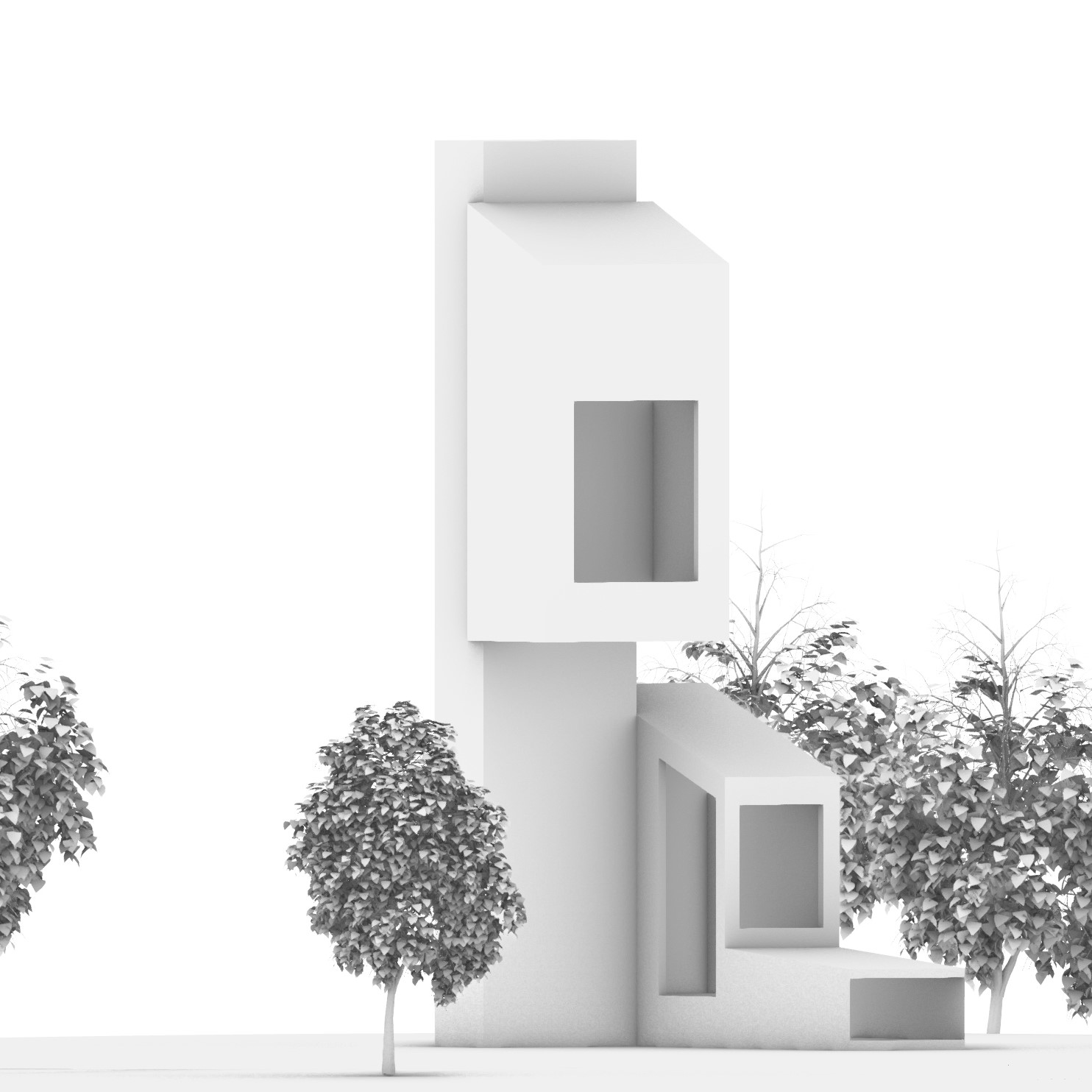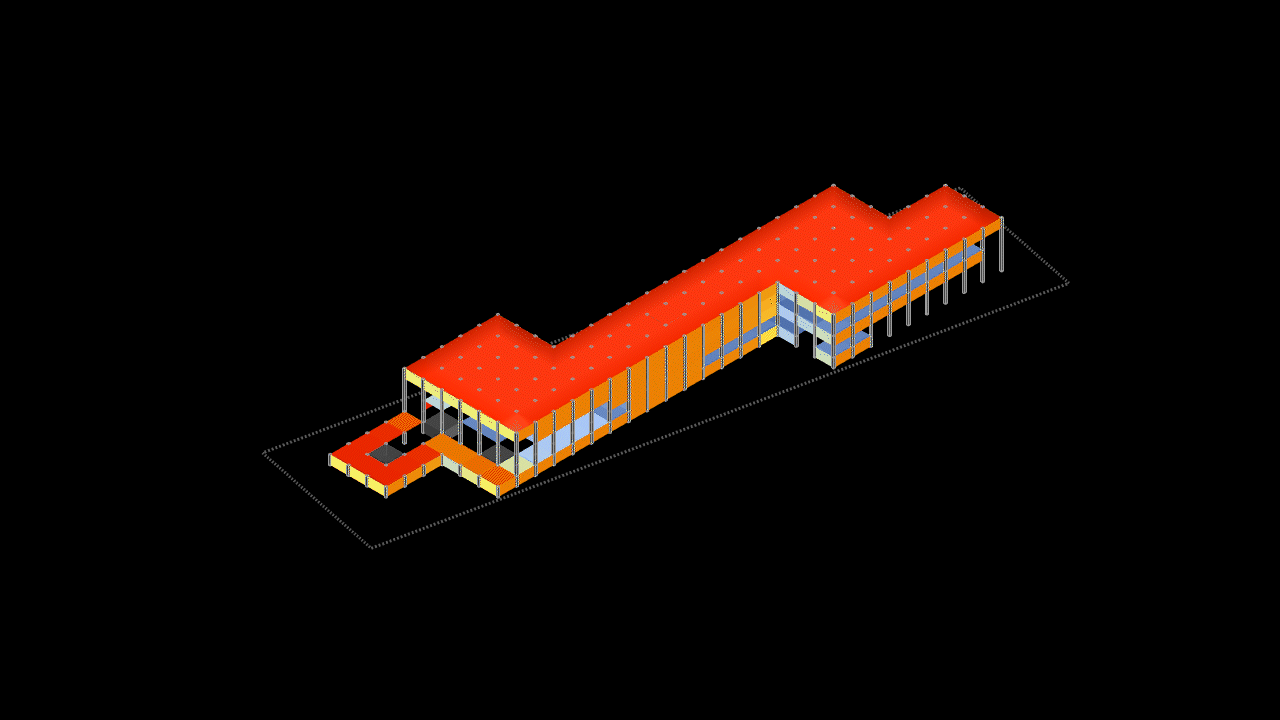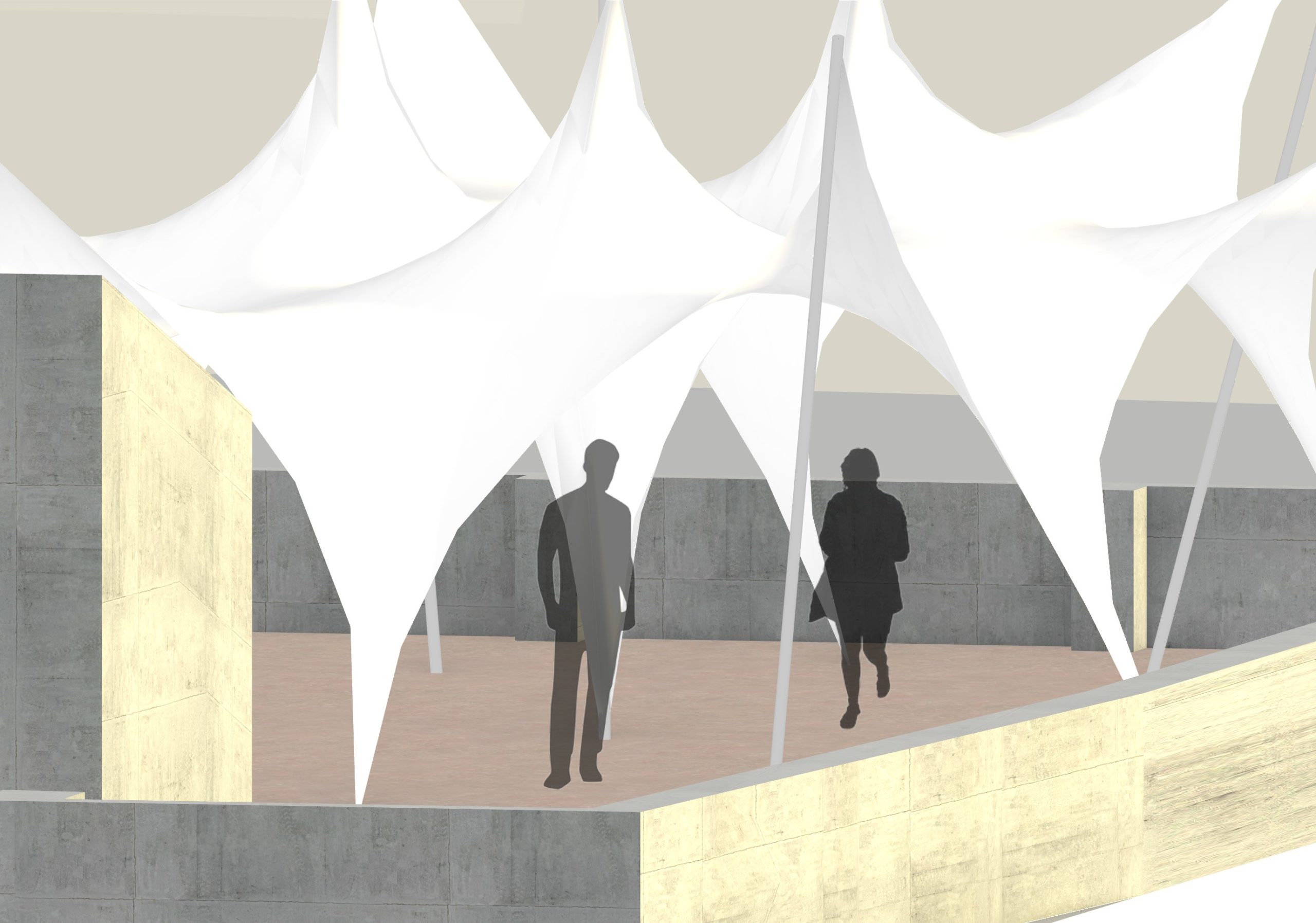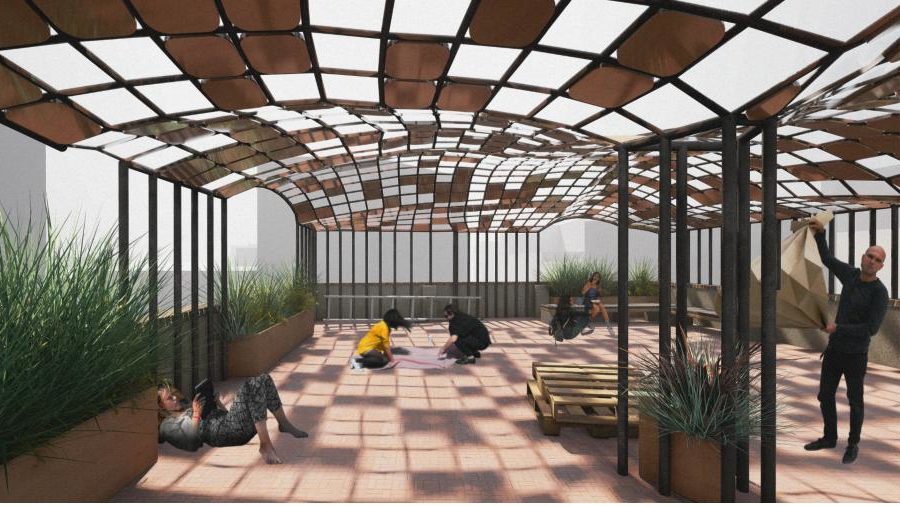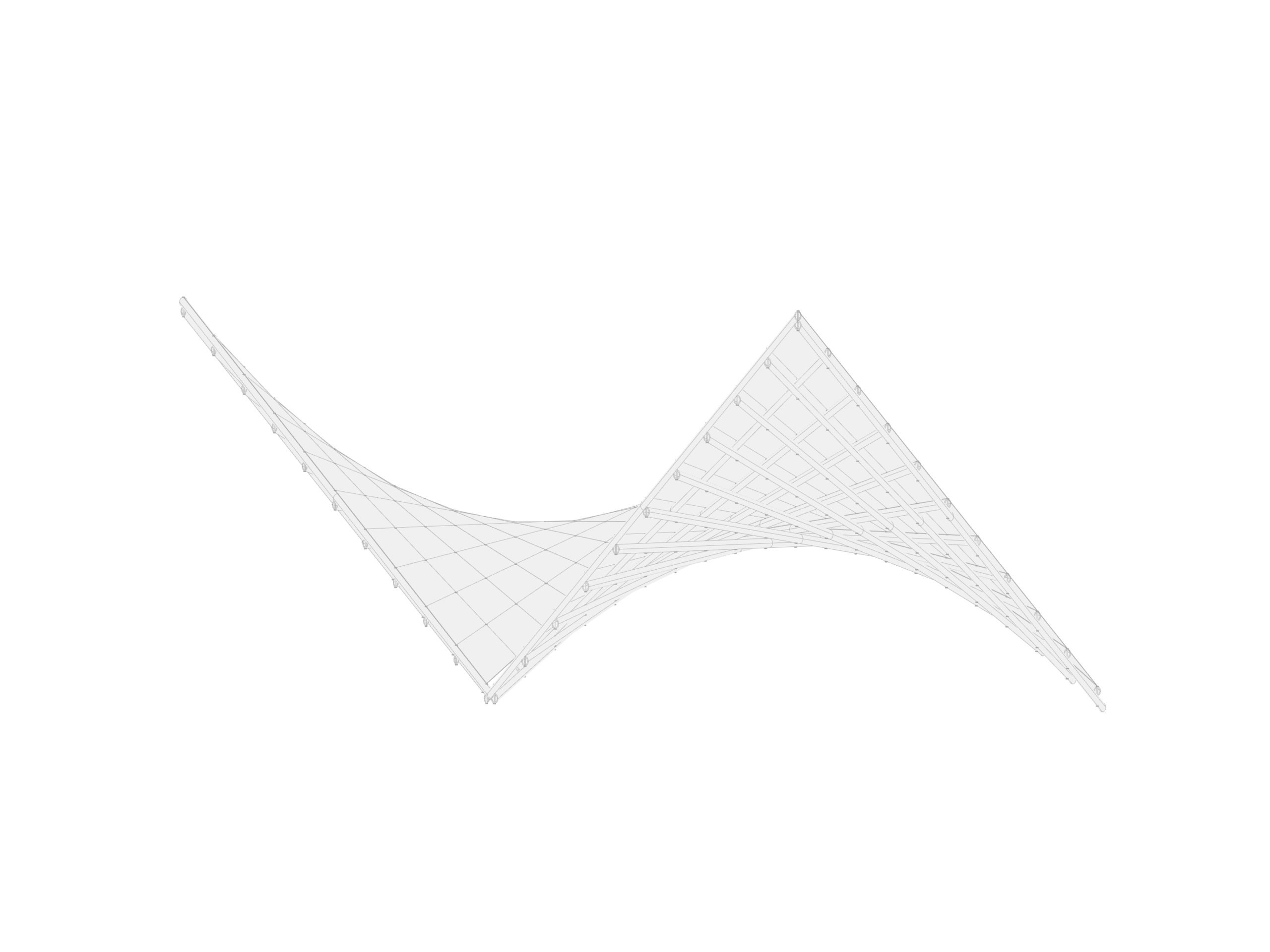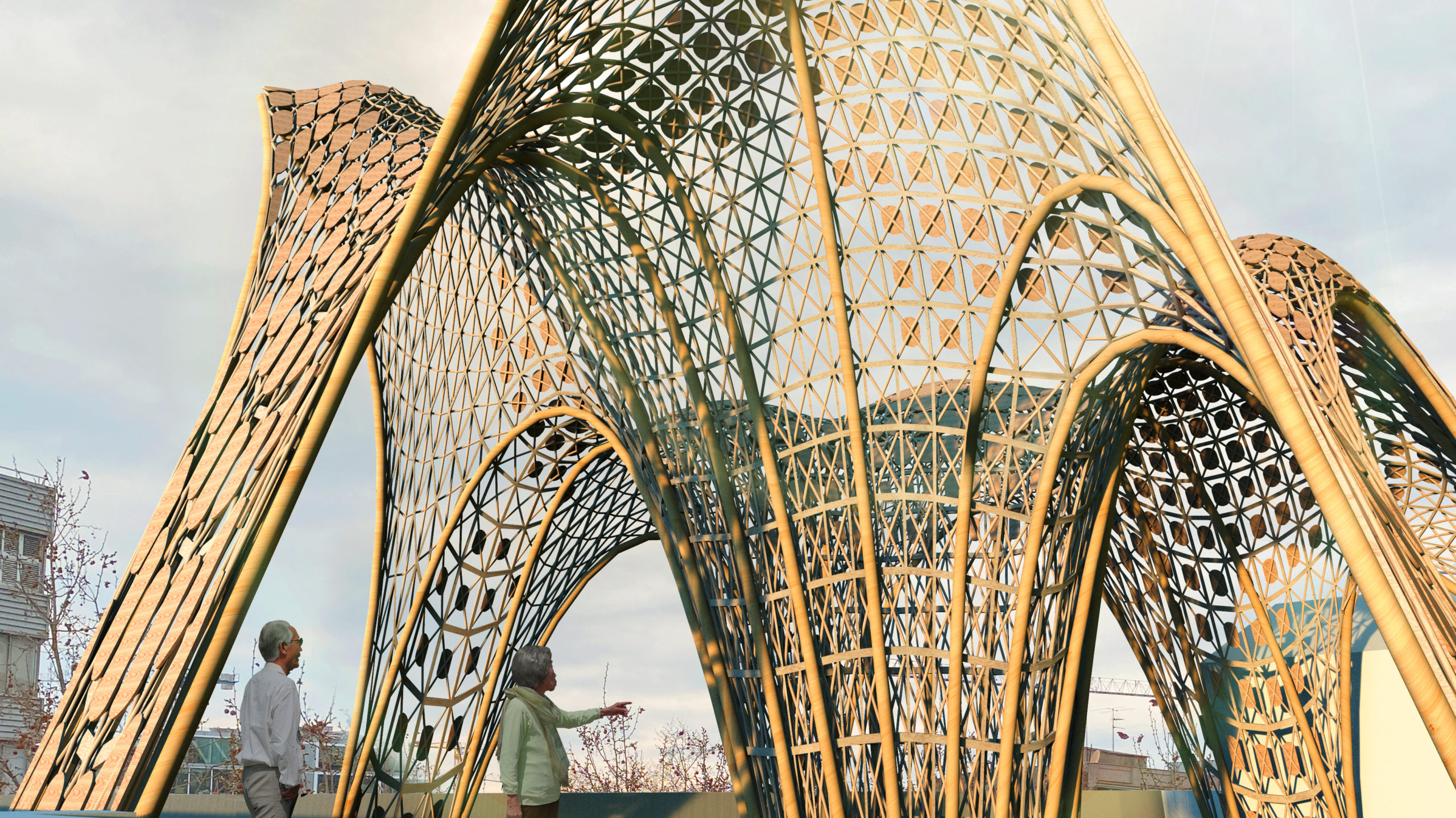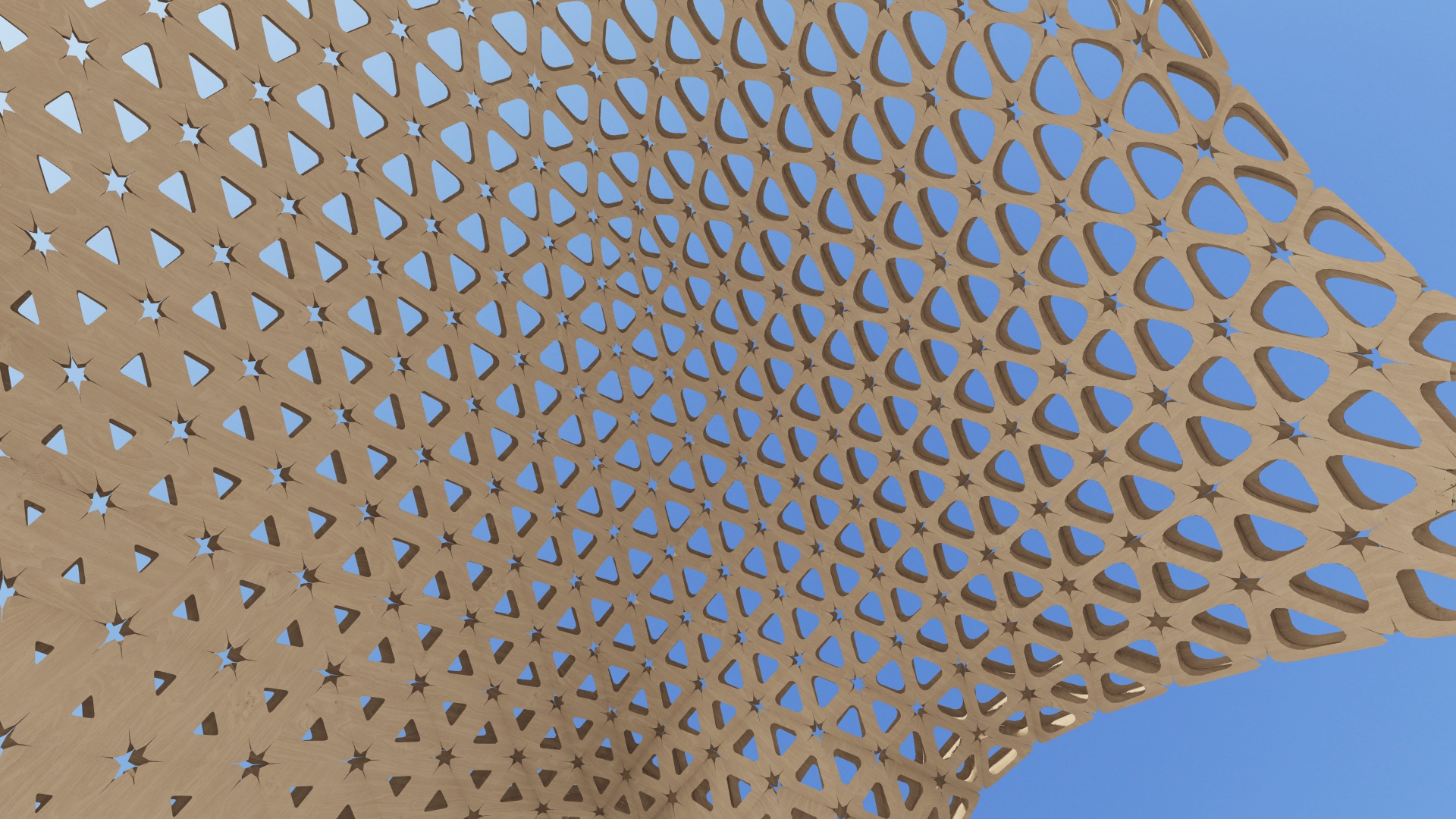Alambique – Genetic Optimization
MANIFEST Alambique is an innovative housing project that explores the experience and integration of heat and water systems. The design revolves around a central core, which serves as the structural support and houses the vertical pipes responsible for moving up hot vapor. Surrounding the core are the bedroom, bathroom, living area, and kitchen, all constructed … Read more

